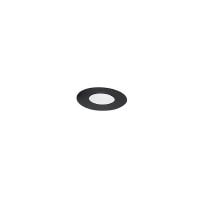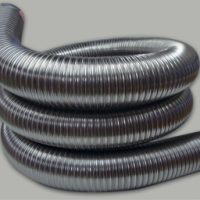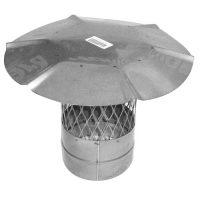Author: The Handyman Guy
The kitchen turns out to be one of the most dangerous rooms in your home due to the fact that it contains many risks and a high potential for accidental fire.
Some of the difficultys come when you’re using frying pans and deep fry pans. If you use a thermostat controlled fryer this is a fabulous way to impede fires.
Be cautious about fat and grease build ups on the stove because they can easily go up in flames.
The second problem is about heater and oven. The oven and the range need to be cleaned in a regular manner to prevent grease & food from catching a fire.
Be aware of when you cook to place handles to be away from the edge of the heater. You must also not wear long sleeves that will dangle from the heater and take fire.
Look when the heater is on and not just don’t fail to remember to turn it off. Combustible fabrics like towels must be away from the gas or the electric range.
You must be cautious with combustible liquids like cleaning materials. Also look at the appliances.
The best rule is to use tools that have been tested and approved by a testing facility.
Be cautious not to overload electrical outlets & not just check for worn or broken wings regularly.
If there are any imperfections make sure that they are repaired. It’s important to keep tools cords on the counter to impede them from being incidentally being pulled.
Look at the microwave ovens. An error is warmed that items heated in the microwave oven aren’t as heated as the ones in the ordinary heater.
But you must know that even if the container does not heat the content heats.
Verify that all the vents are cleared of obstructions & there is sufficient air circulation around the microwave oven. Remember not at any time to pot aluminum foil in the microwave heater.
About the Author:
Need more information? Visit www.The-Handyman-Guy.com and get a copy of my eBook titled “The Handyman Guy Secrets”, completely FREE!
The Handyman Guy is the owner of www.The-Handyman-Guy.com , a site dedicated to helping folks finding their “inner-handyman”. You got one, too!





